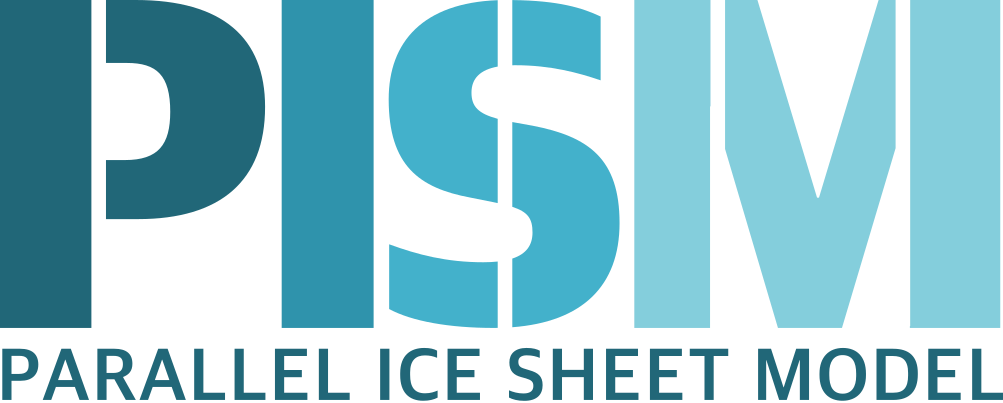Managing source code modifications¶
“Practical usage” may include editing the source code to extend, fix or replace parts of PISM.
We provide both user-level (this manual) and developer-level documentation. Please see source code browsers at https://www.pism.io for the latter.
To use your (modified) version of PISM, you will need to follow the compilation from sources instructions in the Installation Manual.
It is a good idea to enable “debugging” settings when modifying PISM.
Benefits include
better error messages during compilation,
a number of sanity checks that are disabled by default,
the ability to use debuggers such as
gdborlldb.
Set
CMAKE_BUILD_TYPEto “Debug” inccmaketo enable debugging settings, then runmaketo re-compile.Warning
Debugging settings disable code optimization, making PISM significantly slower. Please make sure that
CMAKE_BUILD_TYPEis set to “Release” andPism_DEBUGis set to “OFF” when compiling PISM for “real” runs.We find it very useful to be able to check if a recent source code change broke something. PISM comes with “regression tests”, which check if certain parts of PISM perform the way they should.[1]
Run “
make test” in the build directory to run PISM’s regression tests.Note, though, that while a test failure usually means that the new code needs more work, passing all the tests does not guarantee that everything works as it should. We are constantly adding new tests, but so far only a subset of PISM’s functionality can be tested automatically.
We strongly recommend using a version control system to manage code changes. Not only is it safer than the alternative, it is also more efficient.
Footnotes
| Previous | Up | Next |
